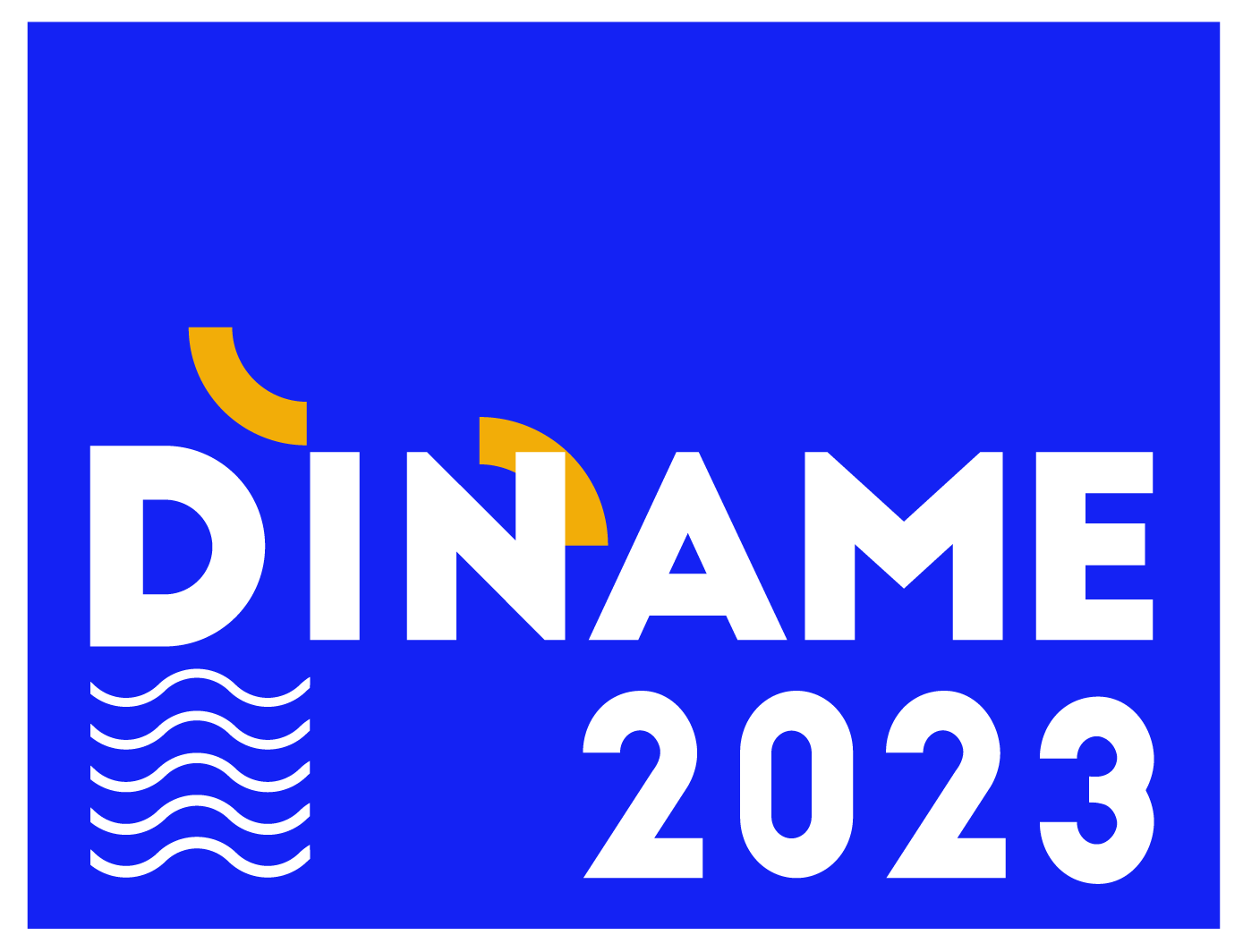In this edition of DINAME, we are pleased to announce a special section celebrating the 10 years of the Hoffer Young Research Award. For the last decade, the prize has encouraged a new generation of researchers in the areas encompassed by DINAME and strengthening our scientific community. In this section, past awardees will present some of their recent contributions to the field of Dynamics and we will have a chance to catch a glimpse on the impact of the prize in their careers. At the end of the section, the winner of the 2023 award will announced by the committee.
-
Roberta de Queiroz Lima - PUC-Rio - Awarded in 2019
Oscillatory response of the simplest electromechanical system
-
Abstract: This paper discusses the dynamics of the simplest electromechanical system. The system is composed by two interacting subsystems, a mechanical and an electromagnetic. The system was chosen as simple as possible to highlight the mutual interaction between the two subsystems and to show that this interaction provokes an oscillatory response. Different from purely mechanical systems, here the oscillatory response does not occur due to an interplay of kinetic and potential energies. The system analyzed in this paper does not have elements that can storage potential energies, neither mechanical nor electrical. Natural frequency and normal modes are computed for the electromechanical system. The computed parameters involve mechanical and electromagnetic variables, i.e., they are hybrid, a novelty in the literature. Hybrid model coordinates, resonance and frequency responses graphs are discussed. An energetic analysis is developed. It is shown that the hybrid natural frequency determines the frequency at which occurs the interplay of energy between the mechanical and the electromagnetic subsystems.
-
Adriano Todorovic Fabro - University of Brasília (UnB) - Awarded in 2019
A stochastic model for intermittent two-phase flow in horizontal pipes
-
Abstract: Intermittent flows are common flow patterns in gas-liquid horizontal flow
and attract attention and great research effort due to its importance for industrial and engineering applications. The slug flow is typically modelled based on a unit cell varying from an elongated air bubble with a liquid film in segregated flow pattern and an aerated liquid plug, the slug region, with remarkable stochastic characteristics of its alternating regions. In this paper, a two-state Markov chain model is proposed to represent the stochastic dynamics of developed slug flow in horizontal pipes. Each state represents either the liquid slug or the elongated bubble regions and the transition probabilities dictate the change of the given discrete time measurement to stay at a given state or change. This simple but insightful description of the phenomenon allows an analytical treatment of the statistics of Markov chain stochastic process. Measurement stations with two double wire resistive sensors are used to obtain the void fraction time series and a corresponding two-state representation. It is shown that the Markov chain model can successfully represent second-order statistics of the measurement, such as the autocorrelation and power spectral density, given an appropriate choice of the chain order. Subsequently, statistics of some slug flow features are estimated using the proposed approach and their interpretation as random variables derived from the void fraction stochastic process is discussed. -
Thiago Gamboa Ritto - Federal University of Rio de Janeiro (COPPE/UFRJ) - Awarded in 2015
Model selection and parameter calibration of dynamical systems using the Bayesian approach
-
Abstract In this talk I will go through some research I have developed with other members of the DINAME community (Savi, Sampaio, Weber, Aguiar, Castello, Rochinha, Pinto, Cavalinli, Cunha Jr, Arruda, Fabro, Silva, Cordioli, Cursi, Lopez, Daniel, Velho,…), which are related to nonlinear dynamics, uncertainty quantification and model calibration. Then, I will show results of a recently published article where Castello and I have used the Bayesian approach to both (i) model selection and (ii) parameter identification in a nonlinear dynamic drill-string problem.
-
Aldemir Aparecido Cavallini Junior - Federal University of Uberlândia (FEMEC/UFU) - Awarded in 2017
Dynamics of rotating machines: a perspective from the LMEst-UFU
-
Abstract: This talk is dedicated to presenting an overview of the research on rotordynamics developed in the last years at the LMEst-UFU. Hydrodynamic and magnetic bearings, fault identification, modeling of mechanical and electrical components, and artificial intelligence applications, are some of the topics that will be discussed in this presentation. Some results obtained in the context of performed RD projects at the LMEst-UFU will be presented as well.
-
Aline Souza de Paula - University of Brasília (UnB) - Awarded in 2013
Recognition of patterns in nonlinear dynamic systems from time series
-
Abstract: The recognition of patterns in data from a dynamical system response can provide valuable information for classification, prediction and identification, being important to deal with several problems in practical applications. The time series of a single system variable contains information about the entire dynamical system, making it a powerful information source to pattern recognition. In this talk, I will go through the analysis of three different nonlinear dynamical systems in the context of pattern identification using different techniques. At first, I will use recurrence plot to identify different orbits in a nonlinear pendulum. The second analysis consists in the identification of flow regime in a fluidized bed through a spatiotemporal analysis using chaotic invariants. At last, I will present the use of symbolic analysis to identify cardiac pathologies from ECG time series obtained from numerical simulation of a
mathematical model.

